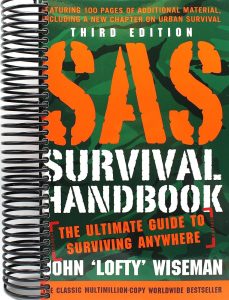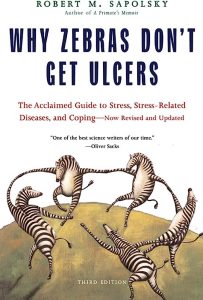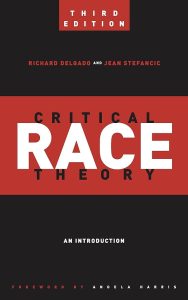SAS Survival Handbook: The Ultimate Guide to Surviving Anywhere – Expert Tips & Strategies
The SAS Survival Handbook, Third Edition, is a comprehensive guide to surviving in any type of environment. Written by former SAS soldier and survival expert, John “Lofty” Wiseman, this book provides an invaluable source of information for anyone who might find themselves in a dangerous or life-threatening situation. With detailed instructions on how to survive in both urban and wilderness settings, the SAS Survival Handbook is an essential tool for adventurers and outdoor enthusiasts alike.
From building shelters and finding water sources to recognizing danger signs and gathering food, this comprehensive guide covers all the essential topics needed for staying alive in any environment. In addition to Wiseman’s expert advice, the handbook also includes useful illustrations, diagrams and charts that make it easy to understand and apply the techniques covered. Whether you’re preparing for an extreme adventure or simply want to be prepared for an emergency, the SAS Survival Handbook is sure to provide all the vital information needed for surviving anywhere.



